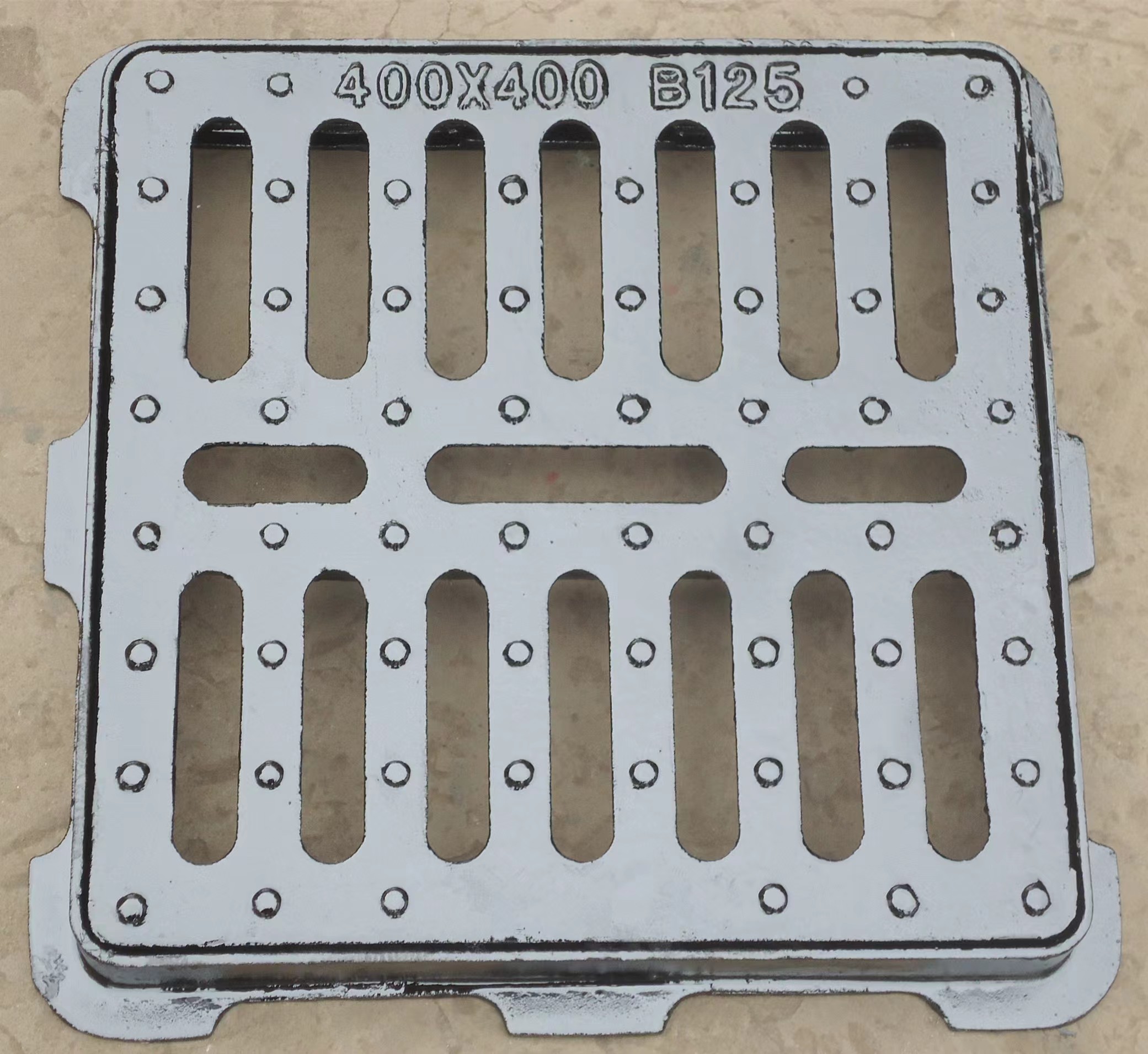Throttling Mechanisms in Gate Valves for Optimal Flow Control Applications
Understanding Gate Valve Throttling An In-Depth Analysis
Gate valves, widely utilized in various industrial applications, are designed primarily for on/off service rather than flow regulation. Their mechanism is straightforward a wedge-shaped gate is raised or lowered to facilitate or obstruct flow. However, when these valves are inadvertently used for throttling—controlling flow rates rather than fully opening or closing—significant issues can arise. Understanding the implications of gate valve throttling is essential for optimizing system performance and prolonging valve lifespan.
The Nature of Gate Valves
Gate valves operate through a straightforward design. When fully opened, the gate allows fluid to flow with minimal resistance, which is why they are popular for applications where full flow is necessary. This characteristic makes them ideal for pipelines that require infrequent adjustments. Nonetheless, when a gate valve is partially opened to regulate flow, the scenario changes dramatically. The design is not intended for this purpose, causing uneven flow distribution and resulting in undesirable performance.
Challenges of Throttling with Gate Valves
One of the primary challenges of using gate valves for throttling is the risk of cavitation. Cavitation occurs when the pressure in the fluid drops below its vapor pressure, leading to the formation of vapor bubbles. As these bubbles collapse upon re-entering a higher pressure zone, they can create shockwaves that erode the valve’s body and other components, ultimately leading to failure.
Moreover, when a gate valve is used for throttling purposes, it can result in turbulent flow conditions. This increased turbulence can cause vibrations and excessive wear on both the valve itself and the piping system it’s part of. Over time, these adverse effects can lead to leaks, structural failure, and costly downtime for repairs.
Flow Characteristics and Efficiency
Gate valves exhibit a nonlinear flow characteristic when throttled. Unlike control valves, which are designed to manage flow with precision, gate valves tend to provide a disproportionate response to small adjustments. For instance, a slight turn of the handwheel may result in significant changes in flow, making it difficult to achieve the desired flow rate. This can lead to inefficiencies in processes that require precise flow control, which is particularly critical in chemical manufacturing, water treatment, and oil and gas exploration.
Alternative Solutions
gate valve throttling

For applications requiring flow regulation, it is advisable to opt for valves specifically designed for throttling, such as globe valves or ball valves. These valves provide better flow characteristics and can handle varying flow rates without incurring the risks associated with gate valve throttling.
Globe valves, for example, are engineered to promote laminar flow, reducing turbulence and cavitation risks. They also offer finer control due to their design, allowing for more accurate adjustments. Other alternatives include butterfly valves and control valves, each suitable for specific applications and capable of efficiently modulating flow.
Best Practices for Valve Selection and Operation
To prevent the pitfalls associated with gate valve throttling, industry professionals should consider several best practices
1. Proper Valve Selection Choose the right type of valve for the application. For flow control, opt for valves designed to handle throttling rather than using gate valves as a makeshift solution.
2. Regular Maintenance Conduct routine inspections and maintenance of all valves to ensure they operate correctly. Look for signs of wear, leaks, and other potential issues.
3. Educate Operators Train operators on the importance of using valves as per their intended design. Awareness can mitigate improper usage and extend the life of both the valves and the entire system.
4. Monitor Flow Rates Implement monitoring systems to maintain optimal flow rates and detect early signs of issues related to cavitation or turbulence.
Conclusion
While gate valves serve an essential purpose in many applications, their use for throttling should be avoided due to the inherent risks and inefficiencies. By understanding the limitations and challenges associated with gate valve throttling, professionals can make informed decisions, leading to enhanced system performance, durability, and efficiency in fluid control applications. Adopting suitable alternatives and following best practices is vital for any operation seeking to ensure longevity and reliability in their systems.
-
Square Sewer Cover Enhances Urban SafetyNewsAug.01,2025
-
Pipe Fitting Requires Precise AlignmentNewsAug.01,2025
-
Manhole Step Is DurableNewsAug.01,2025
-
Manhole Cover Is Found WorldwideNewsAug.01,2025
-
Hole Cover Frame On RoadsNewsAug.01,2025
-
Gully Grate Improves Road SafetyNewsAug.01,2025
-
Man Hole Cover Round Load CapacityNewsJul.31,2025
